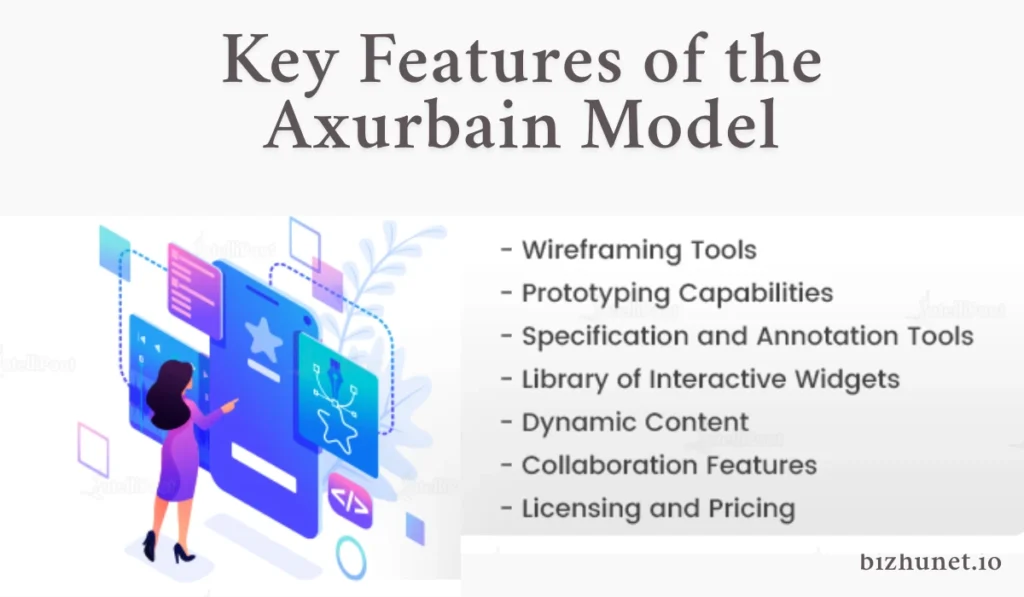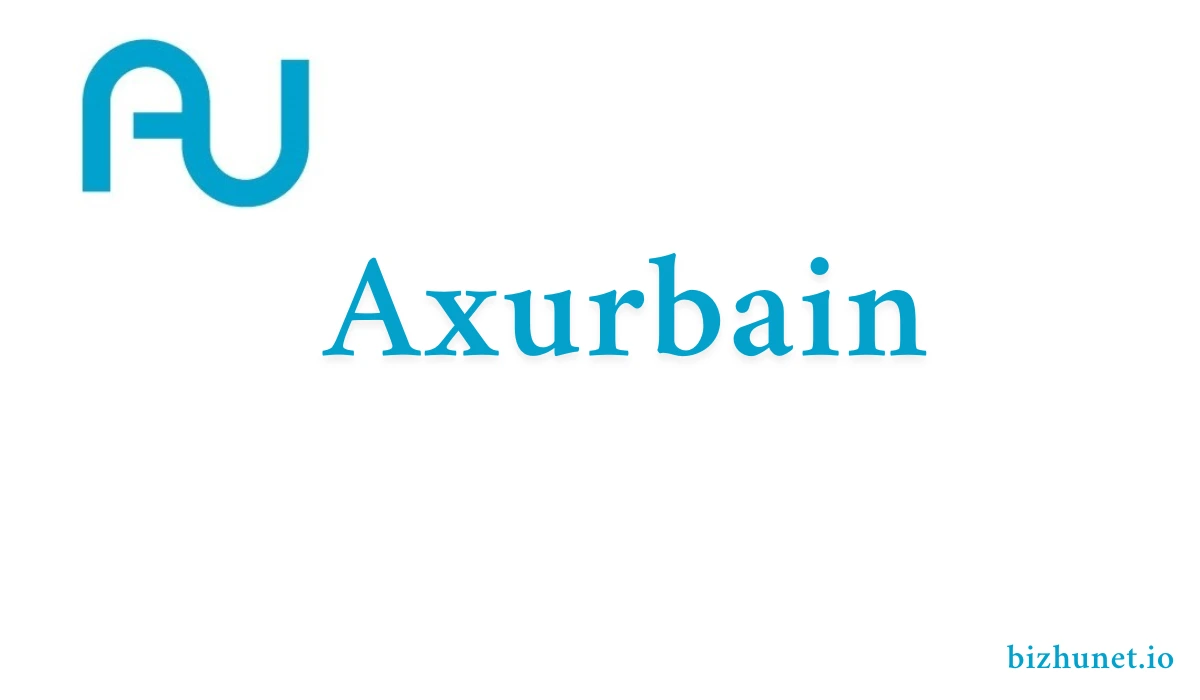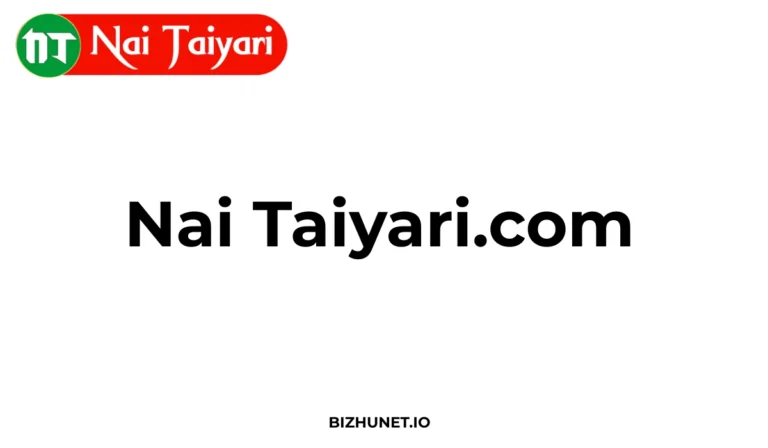Axurbain: Guide Urban Transformation and Smart City Innovation
The world is changing fast, and cities are at the center of it all. With more people moving into urban areas each year, the need for smarter, cleaner, and more inclusive cities has become urgent. This is where Axurbain steps in. It is not just a concept or a trend—it is a complete framework for building the cities of the future.
Axurbain combines technology, sustainability, and human well-being into one powerful urban development model. It looks beyond modern “smart city” labels and focuses on long-term solutions that benefit people and the environment. This article explains how axurbain works, why it matters, and how it can reshape life in cities around the globe.
What Is Axurbain and Why Is It Important in 2025?
Axurbain is a new way to design and manage cities. It focuses on seven key values: sustainability, technology, inclusion, equity, culture, flexibility, and data. Instead of working on city problems one at a time, axurbain looks at the city as a whole. It sees everything—buildings, roads, parks, people, and energy—as connected.
Cities designed with axurbain in mind use real-time data to make better decisions. For example, if a street is too crowded, smart sensors can reroute traffic. If pollution levels rise, air filters or green spaces can reduce harmful particles. Axurbain cities use tools like AI, the Internet of Things (IoT), and renewable energy to solve real problems in smarter ways.
Key Features of the Axurbain Model

Axurbain includes both physical and digital elements. It creates buildings that adjust to weather, transport that runs on clean energy, and neighborhoods that encourage community involvement. One important part of axurbain is human-centered design, which means cities are made for people first, not just cars or companies.
Read more: Skylightvoice com
Here’s a comparison to show how axurbain differs from the typical smart city idea:
| Feature | Smart City | Axurbain |
|---|---|---|
| Goal | Tech Efficiency | Human Well-being + Eco Balance |
| Approach | Tech-focused Systems | Holistic and Flexible Planning |
| Structure | Often top-down | Bottom-up and participatory |
| Data Usage | Government-Controlled Data | Open, Citizen-Shared Data |
| Energy Strategy | Green Initiatives | Net-Positive Energy Models |
This table clearly shows that axurbain is more than just a smart city—it is a smarter, greener, and more equal city.
Axurbain in Real Life: Where Theory Meets Action
In 2025, cities around the world are starting to use axurbain strategies. Barcelona, for example, has new zones called “superblocks” that are helping people walk and bike more, while reducing car use. In Rotterdam, floating houses are being built to handle rising sea levels. These examples are not only smart—they follow axurbain values.
In Medellín, Colombia, city planners built cable cars to help people in poor, hillside neighborhoods reach jobs and schools. That project focused on equity, transport, and public input—all of which are key to the axurbain idea.
Axurbain adapts to local culture, geography, and challenges. This makes it ideal for both developed and developing cities.
How Technology Works in an Axurbain City
Technology is central to the axurbain model, but it serves people, not the other way around. Cities use AI and IoT to understand patterns and improve services. A neighborhood might track waste to plan better recycling. An AI tool could warn the city about flood risks after heavy rain. Every building, street, and service is connected by data and powered by smart tools.
In axurbain, technology also supports transparent governance. Citizens can see public budgets online. They can vote on projects through apps. Cities become fairer because people have a voice.
The Role of Nature in the Axurbain Vision
Green spaces are not optional in axurbain—they are essential. Parks, gardens, and green rooftops clean the air and make neighborhoods beautiful. Trees lower the city’s heat and support local wildlife. In axurbain cities, even walls can be alive, with plants growing on building sides.
Another example is water management. Axurbain designs use materials that let rainwater soak into the ground, helping to prevent floods. In some cases, cities collect and clean rainwater for public use.
Axurbain supports circular economies, which means less waste and more reuse. Old buildings are redesigned instead of torn down. Trash is recycled into building material. This not only helps the environment but also saves money.
Axurbain and the People: Social Impact and Equity
People are the center of axurbain. It ensures that everyone—not just the wealthy—has access to clean spaces, affordable homes, and safe transport. Fights inequality by building housing, clinics, and schools in areas that have long been ignored.
It also supports cultural diversity. Instead of replacing markets with shopping malls, axurbain protects local traditions. Community spaces are designed to reflect the people who live there.
In axurbain, inclusion is not a bonus—it’s a basic requirement.
Challenges to Implementing Axurbain
Not every city can shift to axurbain easily. Some face money problems, while others lack the tools or training. Older cities may struggle to add new tech or redesign streets. There are also concerns about data privacy. Citizens must be sure their personal information is safe.
Despite these issues, axurbain is designed to be flexible. Cities can start small with projects like green walkways or smart lighting. Over time, they can grow into full axurbain systems.
Read more: Price charalabush
The Future of Axurbain
As cities face growing problems like climate change, energy limits, and inequality, axurbain becomes more urgent. Experts believe that by 2030, many countries will adopt axurbain values in their national urban plans.
UN agencies and local governments are already testing pilot zones using axurbain design. These experiments show how a blend of culture, tech, and nature can lead to better living.
The shift may take time, but axurbain is no longer just a dream. It is a roadmap for the future of global cities.
| Component | Function |
|---|---|
| Smart Sensors | Real-time monitoring of traffic, pollution, etc. |
| Renewable Energy Grids | Reduce emissions and energy waste |
| Green Infrastructure | Absorbs water, cools cities, supports nature |
| Community Participation | Digital voting, feedback, planning |
| Cultural Inclusion | Protects local identity and traditions |
| Circular Economy Design | Reduces trash and increases reuse |
| AI & IoT Tools | Predictive services for safety and efficiency |
Frequently Asked Questions
What is axurbain?
Axurbain is a model for building smart, sustainable, and inclusive cities.
How is axurbain different from a smart city?
It includes technology, but it also focuses on people, equity, and nature.
Can small towns use axurbain?
Yes. Axurbain adapts to all places—from large cities to small villages.
Is axurbain expensive to build?
It can start small with low-cost projects and grow over time.
Conclusion
Axurbain is the city of the future—and the future starts now. It blends smart technology, green design, and fairness into a single vision. Cities that adopt axurbain can expect cleaner air, safer streets, better services, and stronger communities.
Whether you’re a planner, a mayor, or a local resident, axurbain gives you the tools to create lasting change. It’s time to stop solving problems one by one. It’s time to build better cities from the ground up.






